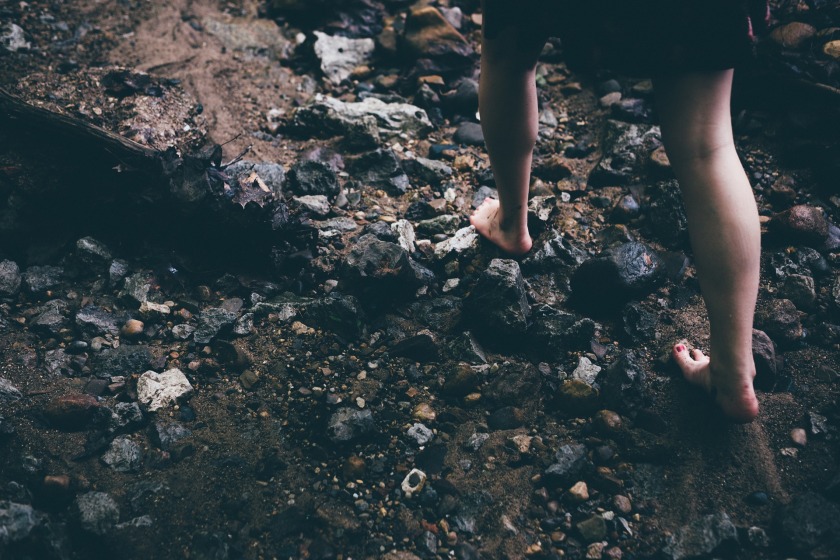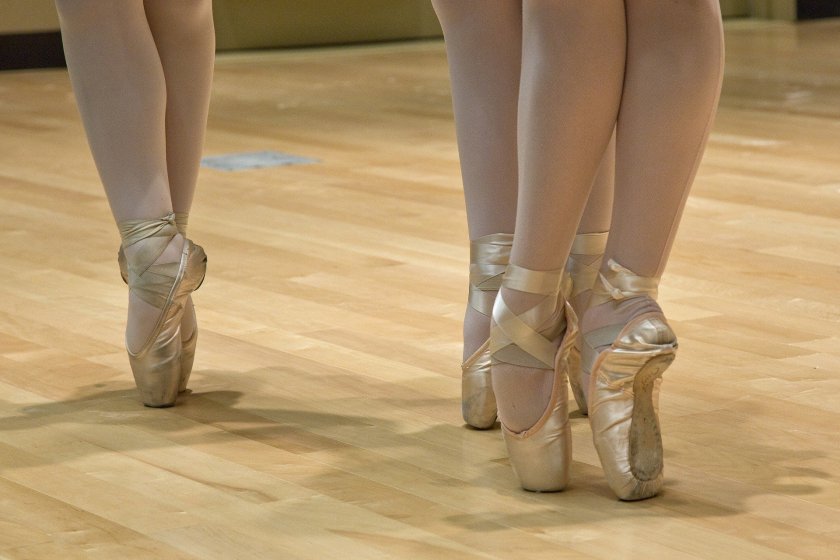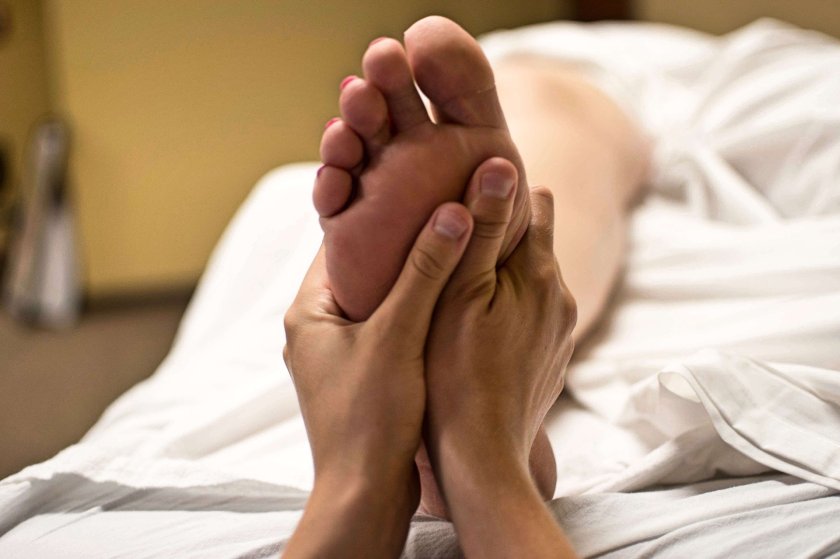The agony of ‘the feet’?

this is part two of a series on footwear. For part one, read JUST RUN WITH IT!
In the human foot, there are 26 bones, 33 joints and over a hundred muscles, ligaments, and tendons.
Having the proper sneakers that fit well are essential equipment for ‘most’ runners. Modern footwear provides protection to that other essential thing that most runners don’t usually even think about, their feet. Keeping your feet healthy will improve your ability to run. Shoes that fit improperly will cause all manner of foot aliments, from simple blisters up to and including: bunions, corns, and black toenails (from cramming your feet into the front of the shoe). Now if you’ve ever caught the toe of your shoe while running at top speed like I have several times on trail runs, you’re probably grateful for having the toe box of the shoe take the hit on that ‘invisible rock’. Slamming your naked toe full force into an immovable object is a surefire way to break a toe.
Tenderfoot
The soles of our shoes protect our feet as we run from any sharp or jagged items on the ground. The cushioned insoles soften the impact of our feet hitting the ground. This two step protection prevents the natural build up of calluses on the soles of our feet. Calluses are thickened layers of skin where friction, irritation, and pressure repeatedly occurs. Our shoes are like armor for our feet providing a barrier between our feet and the rough ground. They also alter the natural movements of our feet by restricting the ability of many joints in our feet to flex like nature intended, and in turn have altered the way humans run. Instead of striking the ground with the balls of our feet, we now strike the ground with our heals. As a result, we need added shock-absorption in the heal area of our shoes, so we are constantly walking and running with our feet on a slanted plane. We should be launching ourselves from the balls of our feet.

The barefoot running movement.
Abebe Bikila was an Ethiopian marathon runner who won back-to-back gold medals in the 1960 and 1964 Olympics. Amazingly, he ran the 1960 Olympic marathon completely barefoot with a record time of 2:15:16.2. Think about that for a moment. 26.2 miles on the soles of his feet without any footwear what-so-ever. AND HE WON! 4 years later at the 1964 Tokyo Olympics, he won again, this time wearing shoes. His time was over 3 minutes faster at 2:12:11.2. If you’re curious, he was wearing Puma Osaka sneakers. These were an innovative design with a minimal sole and a nearly non-existent heal-to toe wedge providing a ‘barefoot’ feeling. In modern footwear, we refer to this as a zero-drop shoe, meaning that the heel and the ball of the foot are on a flat horizontal plane with no slanted wedge.
The best of both worlds
A zero-drop shoe is designed in a way that the toes and the heel have the same distance from the ground allowing your feet to sit in a natural position that helps with spine alignment and posture. Minimalist running shoes all have zero-drop platforms with super-thin, ultra-flexible soles and fit your foot like a glove. Perhaps the most widely recognized brand in this category is the Vibram Fiver-Finger shoes, sometimes referred to by the slang term as ‘toe shoes’.

“Traverse City, Michigan, USA – August 7, 2012: A variety of Vibram Five Finger shoes, marked down in price for a sale, are seen on a display table placed outside a Traverse City, Michigan retail store.”
You don’t do ballet wearing combat boots!
The super thin soles, lack of insole padding, and soft flexible upper shells allow ‘barefoot’ shoes to provide the wearers with fully uninhibited motion of the entire foot. Unfortunately, this comes at the cost of all the protective properties of traditional running sneakers. Proponents of the barefoot running movement claim that this natural foot movement eliminates many of the physical problems runners sometimes develop such as shin splints, knee pain, IT band syndrome and a host of other ailments. As a person who has always worn traditional sneakers, I can neither confirm nor deny these claims. I personally like to think that the padding and thick soles protect our feet in much the same way that boxing gloves protect a boxer’s hands as they’re pounding their opponents. As a Clydesdale, I’m pounding that pavement a lot harder than thinner runners, so I’m very hesitant to try this fad.
Full disclaimer: I am neither a podiatrist nor an expert in biomechanical muscular-skeletal movement. I’m just an avid runner making a guess from personal experience. It seems to me that perhaps it might work, maybe, but I’m extremely skeptical.
The bottom line:
I’ve seen runners run in 21°F (-5°C) wearing nothing but shorts and sneakers because it ‘felt good’ to them. Everybody is different, and every body is different. Listen to your body and do what you feel is good for you. I may give barefoot running shoes a test at some future date just to see how it feels. I am eyeing a pair of Xero-shoes sandals, but they never seem to have them in my size when I shop online. IF I ever do score a pair to try, it will be on flat pavement. So do what you think is right for YOU. Whether you choose tradition sneakers, minimalist running shoes, or no shoes at all, the choice is up to you.
I will recommend one thing though. After a long hard run, treat yourself to a therapeutic foot massage. Your feet will feel amazing afterward!
If you have additional running tips and tricks, please leave a comment. If you are local to me, you can find me at these upcoming races:
April 2021
Shiver by the River 10K April 11 @ 10:00 am Muhlenberg, PA
Third Thirsty Thursday 5K Race Series – Race 1/7 April 15 @7:00 pm Reading PA
April Foolish 10 Hour Endurance Trail Run April 18 @ 9:00 am – 7:00 pm Elverson, PA 19520
Be sure to check back in two weeks for another article.
As always, I wish you success and happiness!





2 thoughts on “THE BARE FACTS!”